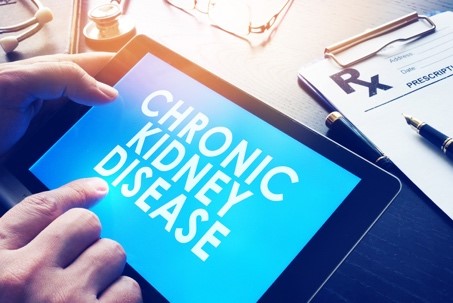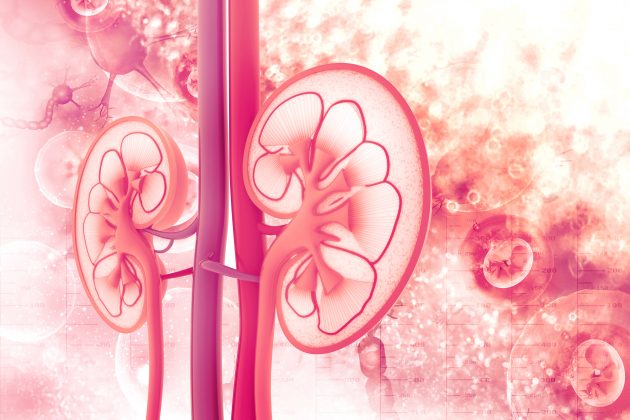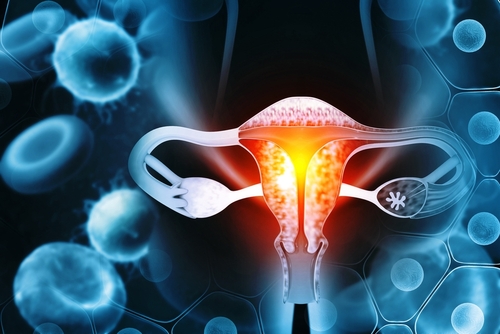In 2018, Medicare expenditures related to end-stage renal disease (ESRD) accounted for more than 23% of its total budget. One of the leading causes of mortality among patients with ESRD is mineral and bone disease, which is associated with bone loss, osteoporosis, fractures, and vascular calcification.
Recommendations from the Kidney Disease Improving Outcomes (KDIGO) guidelines call for a trend of three indicators to assess the risk of vascular calcification in patients with ESRD. At the virtual ANNA National Symposium, Sandra Scott Watson, DNP, FNP-C, APRN, and colleagues reported on a project at the North Tulsa Fresenius dialysis center to increase the percentage of patients with all three indicators within range. The session was titled Implementing Effective Care Using KDIGO Guidelines for Mineral and Bone Disorders (CKD-MBD) in Hemodialysis.
In December 2018, only 46% of patients at the center had all three indicators within the recommended range, compared with a national average of 60%. The program was developed to increase comprehensive bone mineral care to more than 90% in 90 days using KDIGO guidelines with checklist and care coordination logs.
The project utilized four rapid plan-do-study-act (PDSA) cycles that included interventions for screening, use of care coordination log, and concurrent engagement of patients and care team members. Using KDIGO guidelines, a provider checklist was used to evaluate risks. The intervention then utilized a patient engagement tool of education and motivational interviewing. Patients identified as being at risk were followed on the care coordination log. A checklist was used to improve team engagement. Throughout the four PDSA cycles, there were iterative changes in the four interventions.
The checklist was refined over the initial 8 weeks, and there was significant improvement in documentation. There were significant decreases in phosphorus and parathyroid hormone levels. Patient engagement with motivational interviewing was standardized, which improved patient readiness for change. Concerns and gaps in care were identified via the care coordination log.
“Care was effective using KDIGO guidelines in a SBIRT [screening, brief intervention, and referral to treatment] model with standardized patient engagement,” the researchers said.
Source: Watson SS, Jolles D, Pasricha A, Halderson J, Harmon K, Miller J. Implementing effective care using KDIGO guidelines for mineral and bone disorders (CKD-MBD) in hemodialysis. Abstract of a presentation at the virtual American Nephrology Nurses Association 2020 National Symposium, August 29-31, 2020.
Credit: Original article published here.










